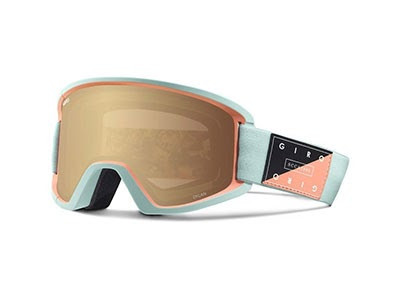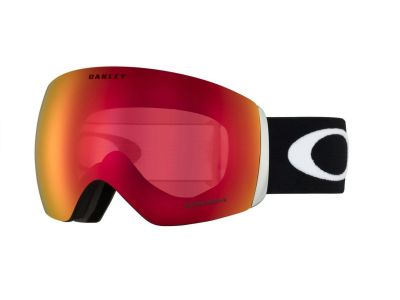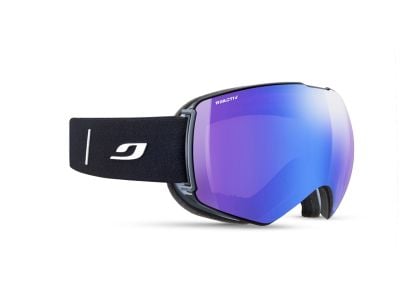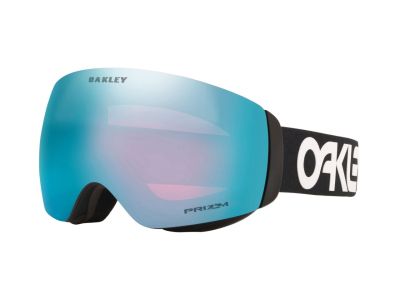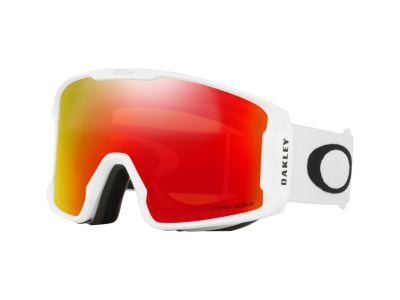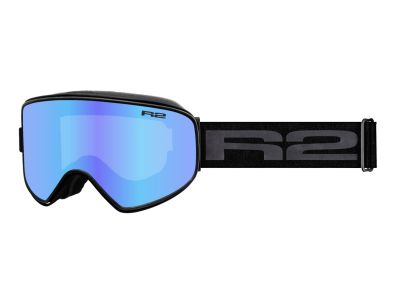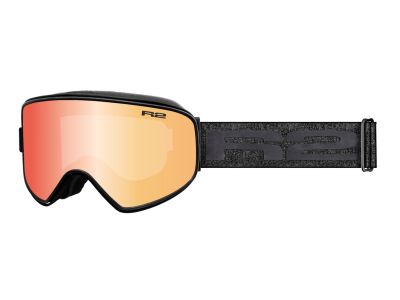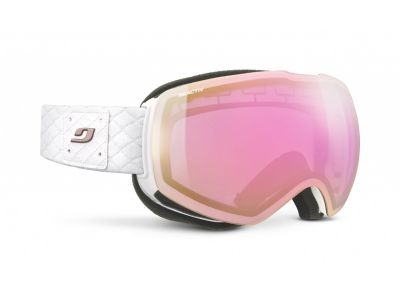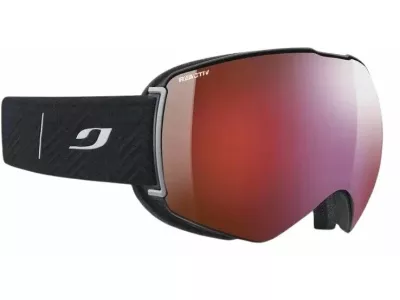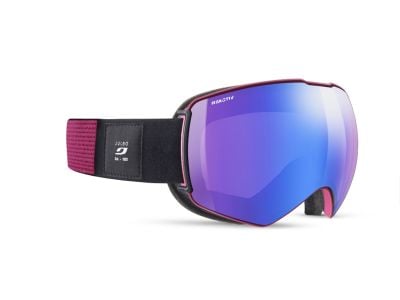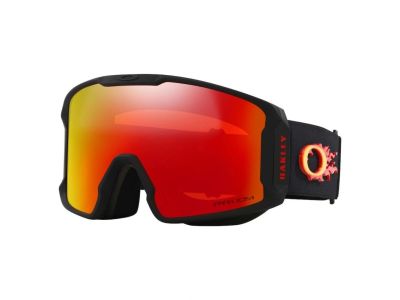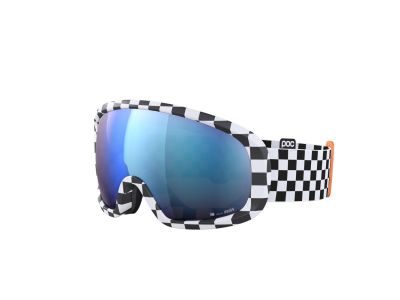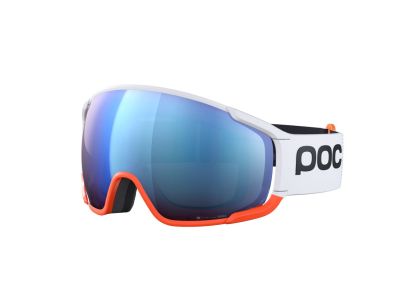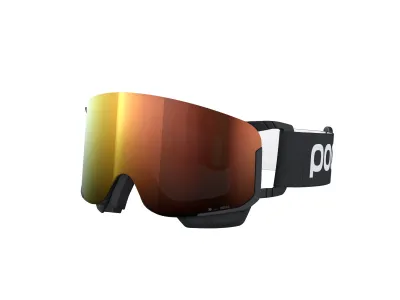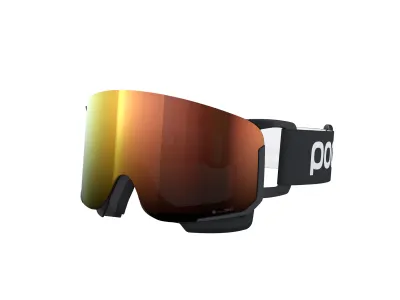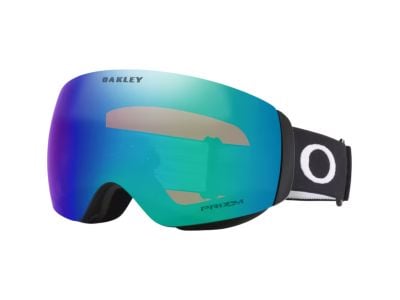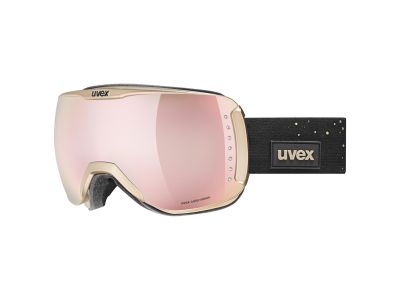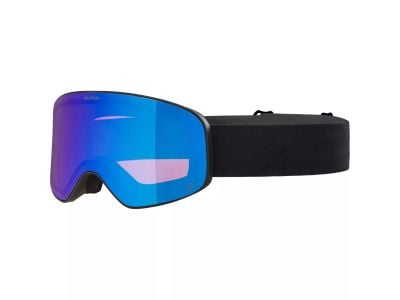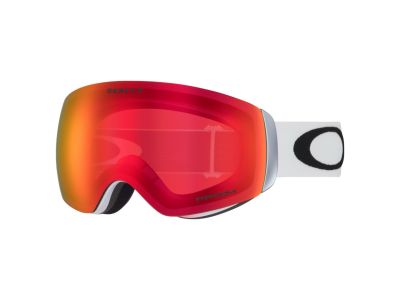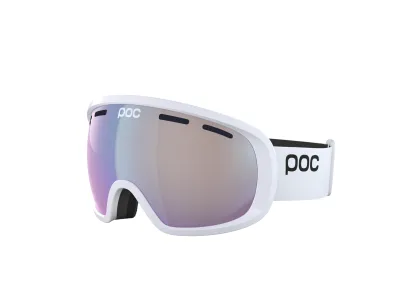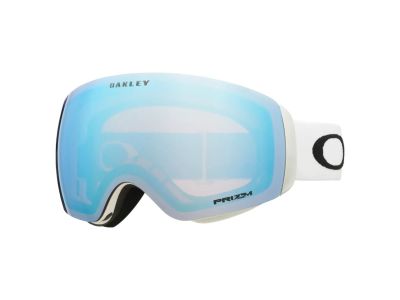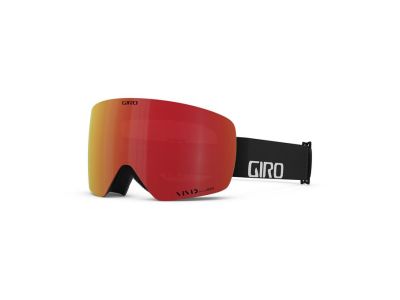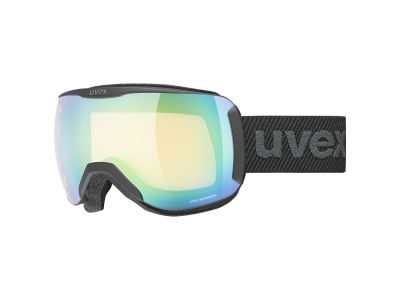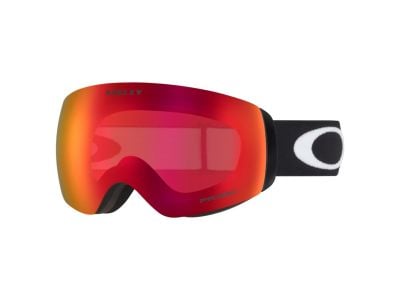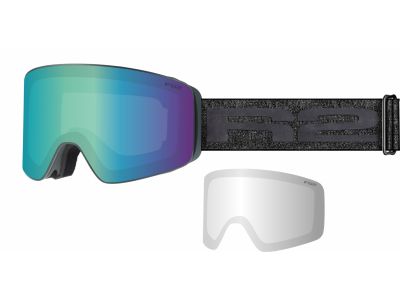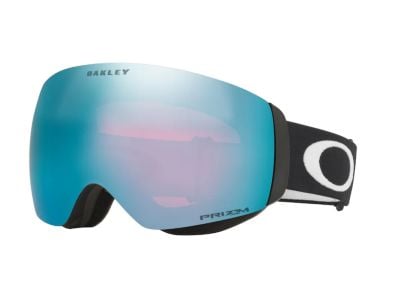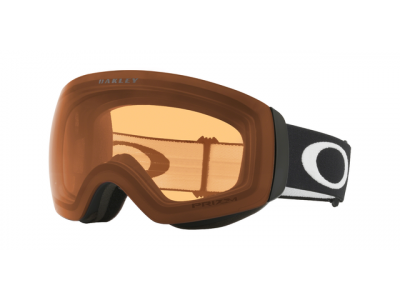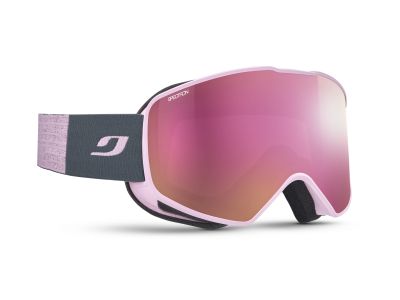
Clearance -19% Julbo ATOME photo 2-3 children's glasses, black
29.99 €
-19%
RRP 39.99 €
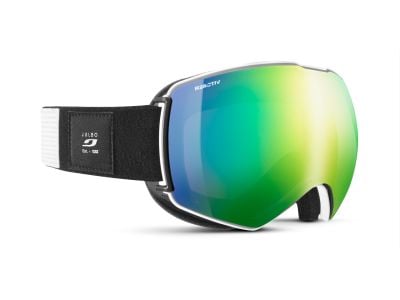
Sale -25% Julbo LIGHTYEAR reactiv 1-3 High Contrast glasses, gray
187 €
-25%
RRP 366 €
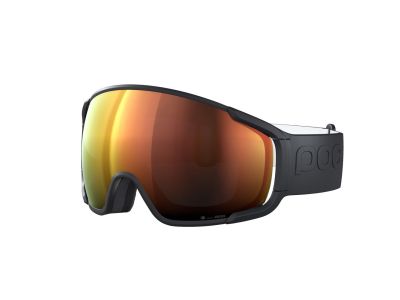
Clearance -18% POC Zonula goggles, uranium black/partly sunny orange
192 €
-18%
RRP 276 €

-15% Oakley Flight Deck L goggles, matte black/prizm snow iced iridium
185 €
-15%
RRP 218 €

Clearance -57% POC POCito Opsin children's glasses, fluorescent blue/clarity
34.99 €
-57%
RRP 95.99 €

Clearance -24% POC Orb Clarity Goggles, Uranium Black/Spektris Orange
189 €
-24%
RRP 286 €
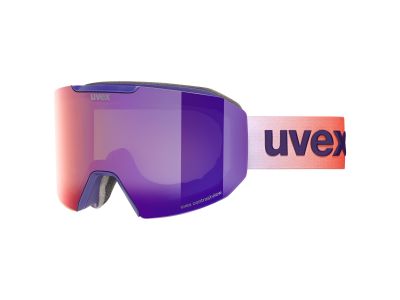
Clearance -21% uvex Evidnt attract glasses, purple dl/fm ruby-green
141 €
-21%
RRP 199 €
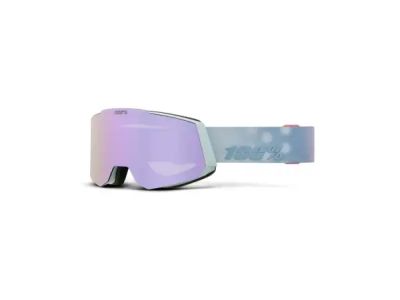
Sale -14% 100% Snowcraft goggles, stonehammer/HiPER lavender mirror
146 €
-14%
RRP 211 €

-15% Oakley Flight Deck L goggles, matte black/prizm persimmon
136 €
-15%
RRP 159.90 €
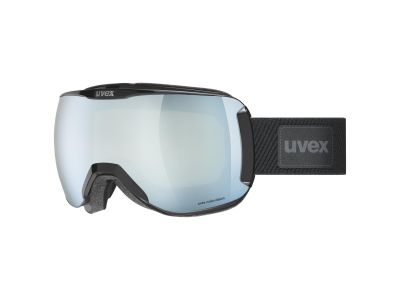
Sale -28% uvex Downhill 2100 cv planet glasses, black/cv green s2
91.99 €
-28%
RRP 159 €
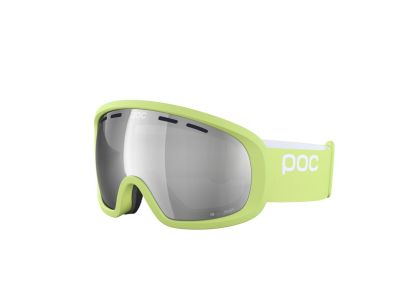
Clearance -18% POC Fovea Mid Clarity glasses, Lemon Calcite/Clarity Define/Spektris Silver
122 €
-18%
RRP 180 €

